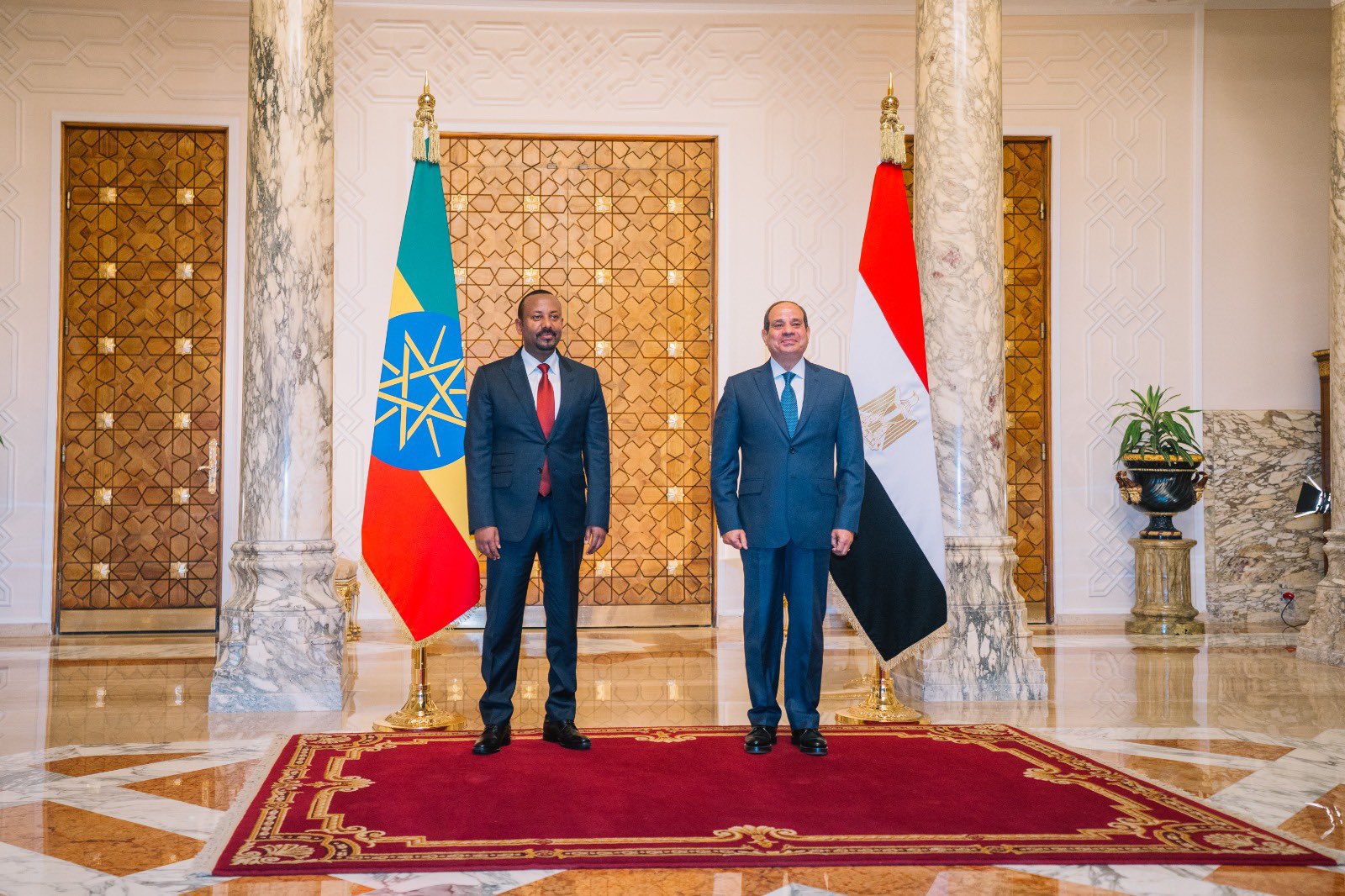The United Nations Security Council held a special session to discuss the situation in Libya,…

Ethiopia and Egypt resume talks on the Nile dam
Russia and South Africa are acting as intermediaries between the two countries. The last talks on the Grand Ethiopian Renaissance Dam were held in April 2021 in the Democratic Republic of the Congo, along with Sudan.
Cairo, Egypt. The diplomatic relations between the three countries regarding the dam and the water allocation to downstream countries were interrupted after Cairo and Khartoum requested the participation of representatives from the United States, the European Union, and the World Bank, in addition to those from the African Union.
Currently, there is no specific date for the resumption of the talks, but the countries have expressed the willingness to put an end to the decade-long dispute. This news follows the announcement made in June to the international community about reaching the 4th stage of filling the reservoir.
Ethiopia and Egypt
PM Abiy Ahmed and President Abdel Fattah al-Sisi reportedly met last month on the sidelines of the “Summit for a new global financing pact” held in Paris on June 22 and 23. This was a new global financing agreement hosted by French President Emmanuel Macron. The two leaders also had a second contact on July 6 during the meeting of Sudan’s neighbors in Cairo, where they sought a solution to the conflict that has engulfed the country.
The situation of Sudan remains uncertain; its participation in the talks is still in doubt. The country has been facing an internal crisis since April 15, and it could be excluded from the negotiations. It is still unclear who will guarantee Sudanese interests and who the real political interlocutor would be to protect their interests.
Ethiopia and Egypt
Both Egypt and Sudan believe that the reduction of water flow could disrupt the delicate food balance at a time of rising prices and rapid population growth, not to mention the loss of hundreds of thousands of jobs.
97% of the country’s drinking water and irrigation depend on the waters of the Nile, which has led President al-Sisi to consider the dam as a threat to the very existence of the land of the pharaohs.
These concerns are also shared by Sudan. The Blue Nile is crucial to the country. 15 kilometers east of the GERD, it enters Sudanese territory, and near the capital Khartoum, it joins the White Nile, which originates in Uganda.
Ethiopia, the Grand Ethiopian Renaissance Dam is active. Regional tension is growing
The Egyptian government has repeatedly threatened to resort to more or less severe responses, from military intervention to strong diplomatic pressure. However, since the beginning of the construction (inaugurated on February 20, 2022), Ethiopia has remained firm in its stance regarding the demands of the two downstream countries. Egypt has been seeking mediation for ten years, taking into account the needs of the two recipients of the Blue Nile waters, but Addis Ababa has always refused to sign an agreement to that effect, arguing that reassurances, rather than a binding agreement, should be sufficient.
When all 13 turbines are active, the Grand Ethiopian Renaissance Dam will have a total generation capacity of 5,150 MW and an annual energy production of 15.76 TWh. The project, which started in 2011 with a filling capacity of 74 billion cubic meters of water, saw the first filling of the dam in the summer of 2020 and the second in July 2021.
Today, the perspective on the dam could see developments, with the creation of a regional body representing all 11 countries in the Nile Basin. This body would be responsible for water conservation, coordination between nations, and mitigating the effects of the drought that has been affecting the entire Horn of Africa for four years.
Egypt has also offered to connect Ethiopia to its national power grid to assist in Ethiopia’s ambitious development plans, aimed at lifting millions of people out of poverty, according to sources. Additionally, Egypt has offered to share its experience in managing its hydroelectric projects, water treatment plants, and irrigation facilities.




